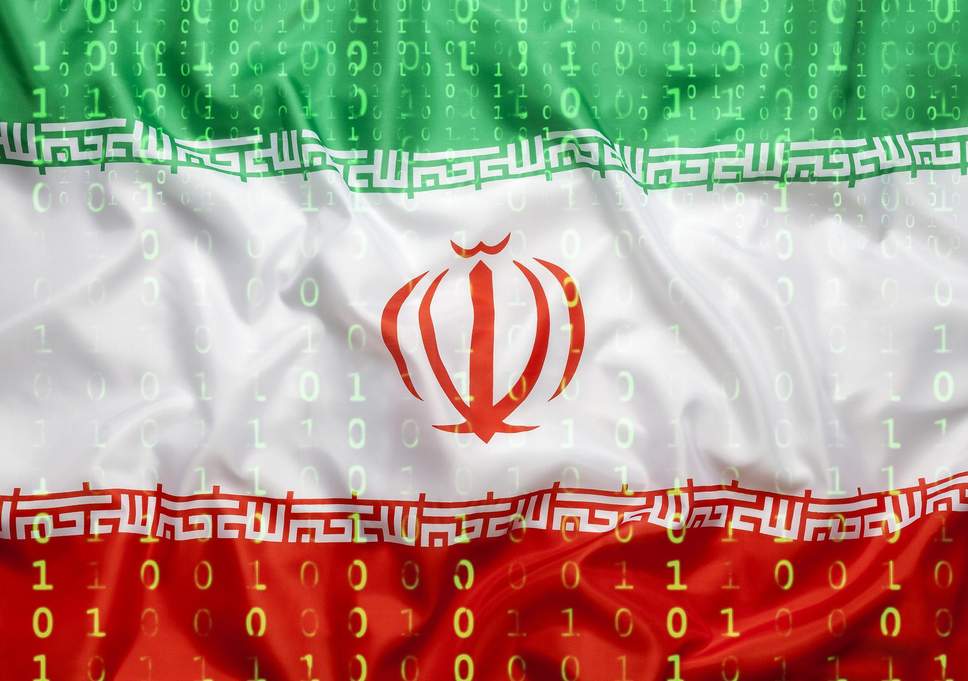FRESH AIR
Revealed: A more sophisticated side of Iranian online propaganda operations
June 3, 2019 | Oved Lobel

On May 28, Facebook and Twitter both announced that they’d removed scores of accounts and pages for “coordinated inauthentic behaviour” originating in Iran. Twitter removed at least 2,800 accounts, while Facebook removed dozens of accounts, pages, and groups across its platforms, including Instagram.
This in and of itself is unsurprising. AIJAC has been covering the expansive Iranian disinformation campaign since it was first revealed in August 2018, when Google, Facebook, and Twitter all began mass purges against these operations.
The overarching influence operation, which had been running undetected since at least 2012, was being conducted under the umbrella of something called the International Union of Virtual Media (IUVM). The IUVM, as AIJAC wrote in December, is comprised of “over 70 websites in at least 15 countries…with an aggregated visitor rate of over 500,000 per month and promoted by some social media accounts with over a million followers.” This network launders Iranian propaganda while pretending to be local news sources with local concerns.
What differentiates the most recent bans is that some of the accounts are mimicking real people, including journalists and two Republican congressional candidates, and targeting the disinformation at specific influential individuals and Iranian dissidents in the US and Europe. This campaign was first uncovered by the cybersecurity firm FireEye, although unlike its previous report on the IUVM network, FireEye did not attribute it directly to Iran, and neither did Twitter or Facebook.
A review by the Atlantic Council’s Digital Forensics Research (DFR) Lab of some of the accounts and pages removed from Facebook does indicate that the network is pushing Iranian talking points, although it concludes that the campaign failed to garner much attention and was mostly shut down by 2017.
The only real exception was an account that mimicked and linked to Saudi Arabian broadcaster Al Arabiya. The fake account, @AlArabyi, utilised an approach referred to as “typosquatting,” or changing one or two letters in a link or account name to trick people into believing it’s genuine. This Iranian “typosquatting” was covered in a May 14 report by the University of Toronto’s Citizen Lab, which dubbed the disinformation campaign, running since at least 2016, “Endless Mayfly” and tied it to the IUVM.
Unlike the IUVM, Endless Mayfly involved websites that are made to look identical to the respectable sites they are mimicking, like Harvard’s Belfer Centre for Science and International Affairs, but with a letter or two changed in the link address and, of course, pushing fake articles. If the articles were picked up by any mainstream outlets, the fabrications would be deleted and the link changed to redirect to the genuine site to make it difficult to track down the source, even as the Endless Mayfly network amplified the disinformation.
Endless Mayfly also involved the invention of personas to target specific individuals, and even tried to get articles and bylines published under these fake names. Citizen Lab identified dozens of fake sites, over a hundred fake articles, and about a dozen fake personas comprising the campaign – which according to the New York Times had reportedly previously been believed to be tied to Russia rather than Iran.
Like DFR, Citizen Lab concluded that the campaign, while still seemingly operational, has now mostly been shut down and was never particularly successful, although a former Israeli Intelligence Official told the New York Times he was impressed by the real-time reactions of whoever was behind the campaign. In one incident, right after then-Israeli Defence Minister Avigdor Lieberman resigned in protest over a ceasefire with Hamas, a fake article on a fake version of the Belfer Center website quoted ex-Mossad chief Tamir Pardo telling the Belfer Center that Lieberman had been dismissed because he was a Russian agent. The article was then spread by the fake persona “Bina Melamed.” Pardo had in fact just spoken at the Belfer Center, and the ability to immediately create a clone website that drew on real events demonstrates much more situational awareness than previous disinformation campaigns.
Over the past year, the sophistication and scope of Iran’s propaganda network and disinformation operations have slowly been revealed to be far more sweeping than imagined in 2018. Although it’s good that the campaigns reported to date seem to have received relatively little engagement, it is unlikely we’ve seen the full extent of them, and they are already having significant real-world impacts. After all, if Iranian fabrications can spark Pakistani nuclear threats against Israel and be cited by Israeli politicians like Yair Lapid – both things that have already happened – how many likes or follows they receive may be beside the point.























